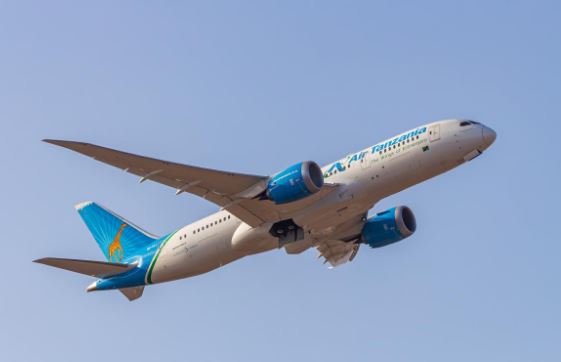The United Arab Emirates – India Customs Agreement: Economic Impact and International Significance

On the 23rd of June 2023, the United Arab Emirates and India signed a Mutual Recognition Arrangement (MRA) to enable customs administration to identify exports and importers into both countries, and the compliance of these said, persons. The MRA is for authorized economic operators in the Middle East and Asia Regions. It has been remarked to be for both countries’ enhanced facilitation and expedition of the customs processes. These arrangements are a new process that may take the ease of doing business for both countries to another level. On the UAE’s part, the Mutual Recognition Arrangement is not a novel innovation; instead, it is a continuation of the partnership that has existed between both countries with the invention of the Comprehensive Economic Partnership Arrangement, which came into force on the 1st of May 2022
What are the Details of the UAE-India Customs Agreement
Over a year ago, the UAE and India entered a comprehensive economic partnership arrangement. Both countries finalized the agreement at the 141st/142nd session of the World Customs Organization Council meeting held in Brussels. Primarily, the economic partnership promoted the ease of business in both countries and advanced trade facilitation. Under the Mutual Recognition Arrangement, both countries recognize Authorized Economic Operations, which will streamline and expedite custom activities and administrative lags to reduce waiting periods and costs for businesses. After the agreement, both countries agreed to establish a joint committee to revise, access, and propose changes and amendments to the contract as may be required and necessary. One such arrangement is the MRA and customs pact.
What are the Implications of the UAE-India Customs Pact
For one, the pact pursues better trade facilitation and promotion of the ease of doing business between both countries. Additionally, there is expected greater access for UAE exports with the reduction and removal of tariffs on at least 80% of the UAE’s products seeking entry into the Indian markets. Some other perks of the agreement include:
- Elimination of stringent technical barriers for exporters on the part of both countries
- The use of technical regulations but subject only to international standards
- Exemption of the UAE’s production to anti-dumping investigations in India provided that such products are merely transshipped.
- The non-discriminatory market for trade between both countries.
- The MRA also has international implications as it sets an example for other countries to embark on economic cooperation for trade facilitation.
Notably, the current MRA is traced to the content of the comprehensive partnership above. The only significant difference is that the MRA is mainly a framework for recognizing Authorized Economic Operators to speed up customs procedures and reduce administrative burdens in both countries.
Conclusion
It is nothing short of encouraging to see a productive partnership between two separate counties in two entirely different regions – the Middle East and Asia. One can only admire the collaboration and its prospects, not only for the countries concerned but for others who can borrow a page from India and the UAE’s association to boost the ease of business and trade facilitation within their territories.
Last Updated on 1 year by News Editor













